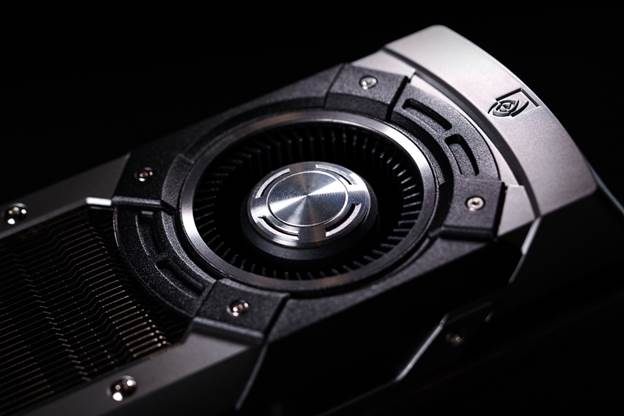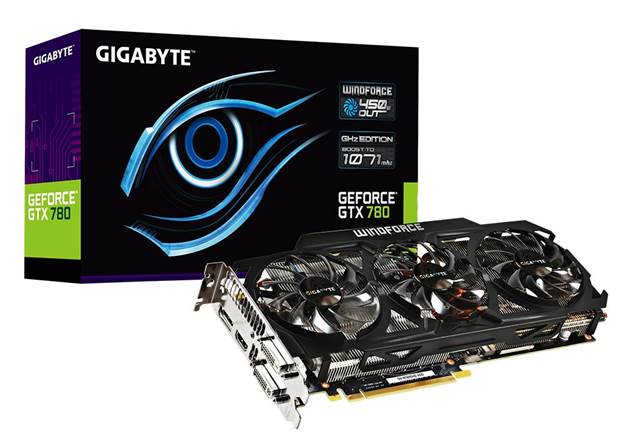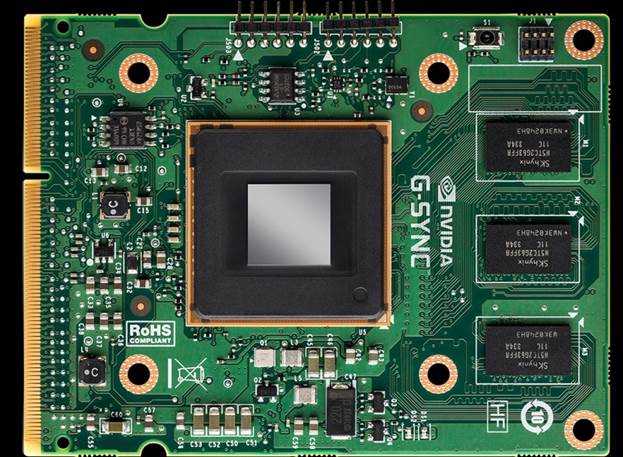A Beauty To Behold
As you can see from the product images, all Titan Blacks
come with NVIDIA's excellent reference cooler design. Like the original Titan,
NVIDIA has barred its customers from mounting their own cooling solutions to
the Titan Black. Gigabyte sent us the GV-NTITANBLKGHZ-6GD-B Titan Black to
review, which will arrive with another cooler in the box, ready for intrepid
tweakers to mount if they so desire. Sadly Gigabyte weren't able to send us
this cooler in time for our review, but from what we can gather it'll be a new
version of their Windforce triple-fan cooler.

The cooling design
NVIDIA used for the GeForce GTX Titan is of very high quality
The current version is rated to handle 450W of heat, but
Gigabyte claims the new one will suck out 600W, which should open up some nice
overclocking potential. Funnily enough, Gigabyte also factory overclocks this
version of the Titan Black to have a base speed of 1006MHz, while the Boost increases
to 1111MHz, a tasty 13% bump over the reference Titan Black speeds. We're not
huge admirers of the visual identity of the Windforce cooler, but if the new
version can match the excellent performance and low operating volume of the
prior model, it'll be a worthwhile upgrade for those without case windows.

Gigabyte releases
GeForce GTX 780 GHz Edition with WindForce 3X cooler
NVIDIA recommends a 600W power supply as a minimum when
running the Titan Black, and it's fed additional power via the usual
combination of an 8-pin and 6-pin power connectors. If you've got a spare six
grand, dual SLI connectors on the outer edge allow up to four Titan Blacks to
be run in quad SLI mode. NVIDIA has used the same printed circuit board for the
Titan Black as the Titan, which measures in at 267mm, surprisingly small for
such a powerful card. The usual monitor outputs are included, powering up to
four monitors via Dual-link DVI-I, DVI-D, DisplayPort and HDMI outputs.
Unfortunately there's no sign of HDMI 2.0, which is starting to show up on more
UHDTVs since its release late last year.
As expected, the Titan Black supports all of NVIDIA's
proprietary technologies. PhysX delivers markedly improved physics simulations
in the limited games that include it, while 3D Vision 2 is the preferred method
of stereoscopic gaming on the PC. G-Sync allows for flicker-free gaming at less
than 60 frames per second, provided you've got one of the very few G-Sync
monitors on the market.

Nvidia's G-Sync
module is designed to replace
a monitor scaler - a controller module found in modern A/V devices
Finally, Shield streaming is great for those who've imported
one of NVIDIA's handhelds, while ShadowPlay allows for true HD game capture
with a tiny performance hit.